Research Areas
Galaxy Formation & Evolution and Reionization
One of my main research interests lies in galaxy formation and evolution, in particular the observational study of galaxies in the early universe (z > 7). A lot of my work has involved designing, undertaking and analysing follow-up spectroscopic surveys of high-redshift candidate galaxies.
At such high redshifts, a particularly useful emission line is Lyman alpha. This emission line can be used to gain a lot of information about these objects, including confirmation of their redshift.
For objects lying at such large distances, the Lyman-alpha line is redshifted to the infrared region of the electromagnetic spectrum. In analysing this data, where any potential signal is very faint and the infrared background sky varies a lot over short time-scales, a lot of effort goes into developing optimal data reduction techniques.
These galaxies are viewed at a time before the “fog” of neutral hydrogen has been cleared, so these galaxies are used as probes of the ionization state of the universe during its infancy. Of particular interest is the question of whether these first objects provided sufficient photons to reionize the universe.
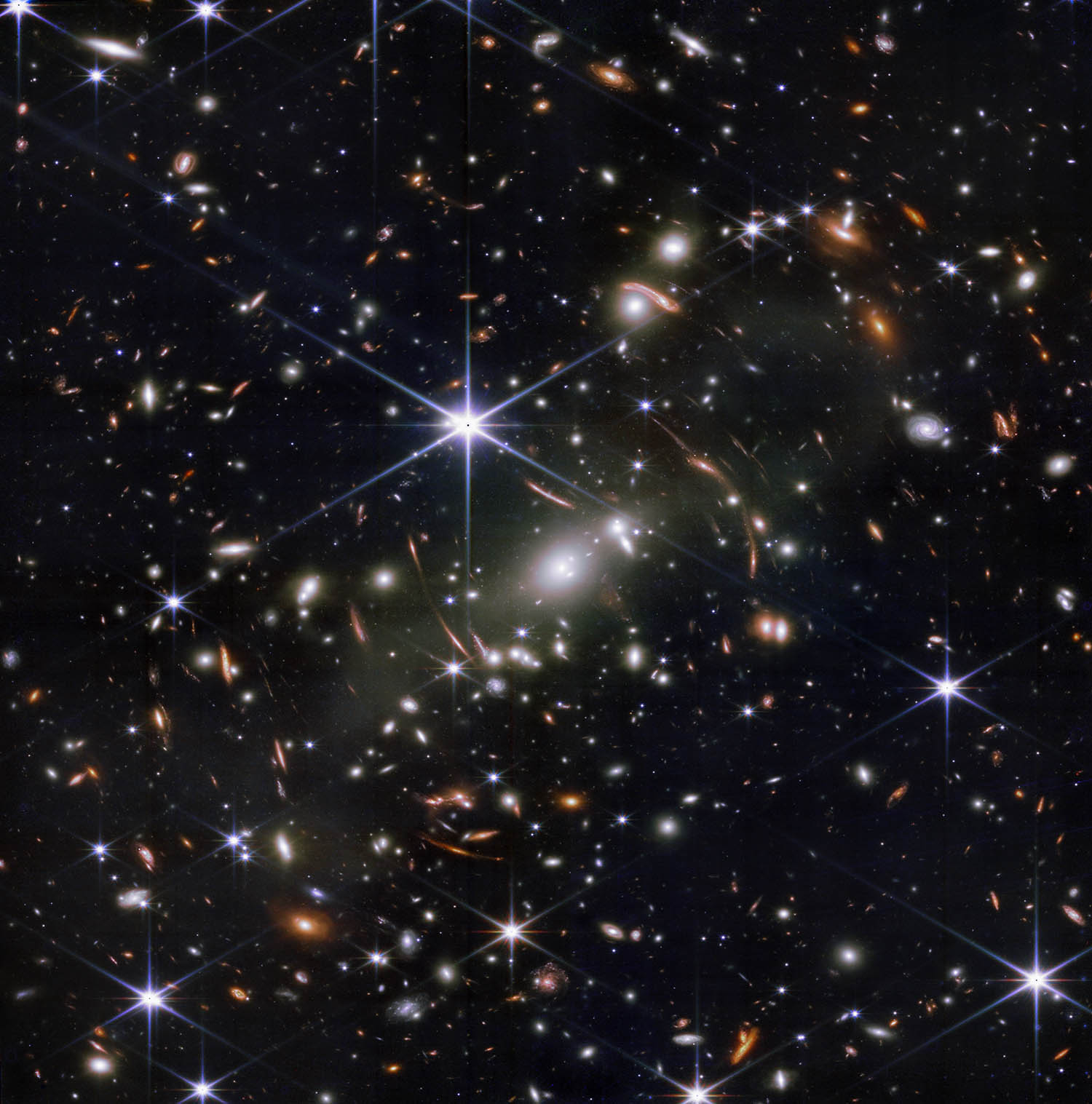
Some of our inferences about the universe at high redshift base upon extrapolations from lower redshifts, such as the fraction of Lyman alpha emitters in the z=3-5 universe; to this end I have also carried out work studying galaxies in this redshift range.
The observatories I use for this work are both space-based, e.g. the NASA/ESA James Webb Space Telescope and Hubble Space Telescope, and ground-based. For my spectroscopic studies, I have been using various spectrographs installed on ground-based observatories to carry out long-slit, cross-dispersed, multiple-slit, and multi-object IFU spectroscopy. These instruments include:
- FORS2 and X-Shooter on the Very Large Telescope (VLT) in Chile,
- MOIRCS on the Subaru telescope atop Mauna Kea, Hawaii,
- GNIRS on the Gemini telescope atop Mauna Kea, Hawaii, and
- MUSE on the VLT in Chile.
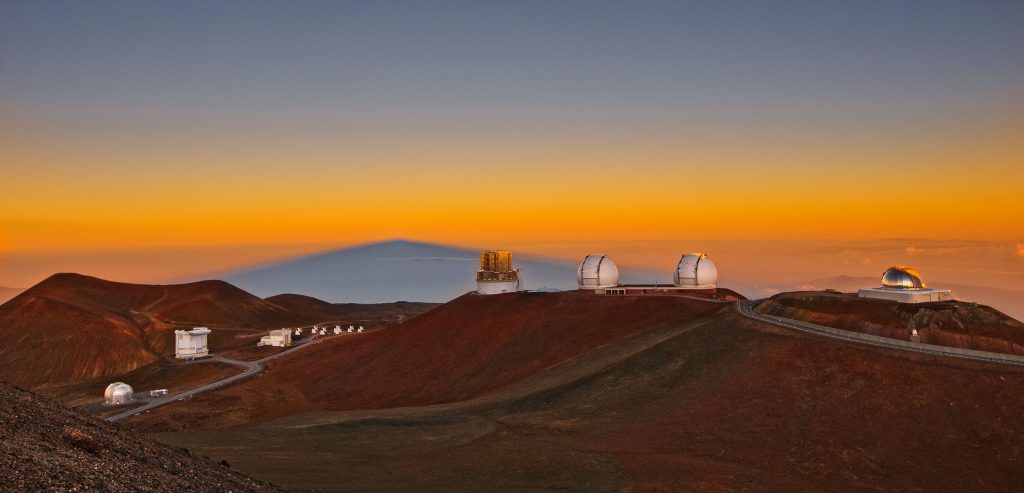
Some of the observatories atop Mauna Kea, Hawaii. Image: Joseph Caruana
Galactic Dynamics
I am also interested in Galactic Dynamics, a topic on which I work with Victor Debattista at UCLan, our PhD student Karl Fiteni based at the University of Malta’s ISSA, and a number of physics undergraduate students (see the Group Members page).
We use computer simulations to understand various processes in galaxies, and compare these to data obtained with the ESA space-observatory Gaia. Data from Gaia enables astronomers to create a 3D map map of the Milky Way via highly accurate positions and radial velocities for a billion stars.
I serve as a management committee member representing Malta on the MW-Gaia COST Action.
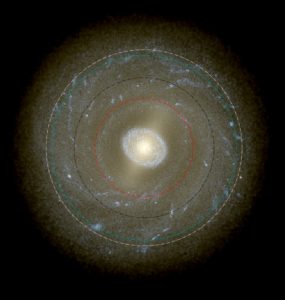
Night Sky Brightness & Light Pollution
I have a strong interest in the study of light pollution. Beside the obvious implications for astronomy, I am interested in its effects upon ecology and human health.
The night sky brightness resulting from anthropogenic lighting is a global problem that is under increasing scrutiny, as a clearer picture is emerging of artificial lighting’s pollutant attributes, revealing that it can be harmful and disruptive in myriad ways.
Since 2016 I have been leading a research effort into mapping the night sky brightness of the Maltese Islands, recently publishing one of the highest resolution maps ever undertaken in a study of this kind.
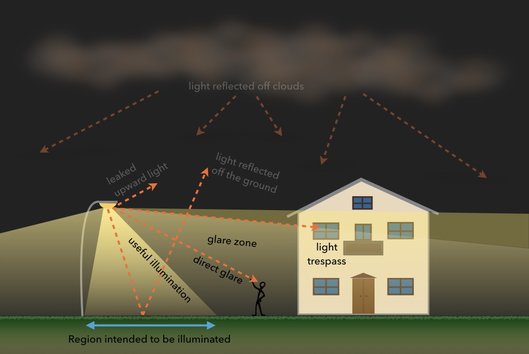
Hyberbaric Medicine
In addition to my research in astrophysics, I am also interested in topics of hyperbaric medicine, an interest that stems from my own technical diving with SCUBA and rebreathers. In particular, I employ mathematical models and statistical methods in applications to decompression theory and prevalence of decompression illness. For this work, I collaborate with the Hyperbaric Units at Mater Dei hospital (Malta’s acute general teaching hospital) and the Gozo General Hospital.
I am the principal investigator of the MCST FUSION-funded project PerDeMon, on which I collaborate with colleagues from the EMRG (Department of Physics, UM), in particular co-investigator Prof Charles Sammut.
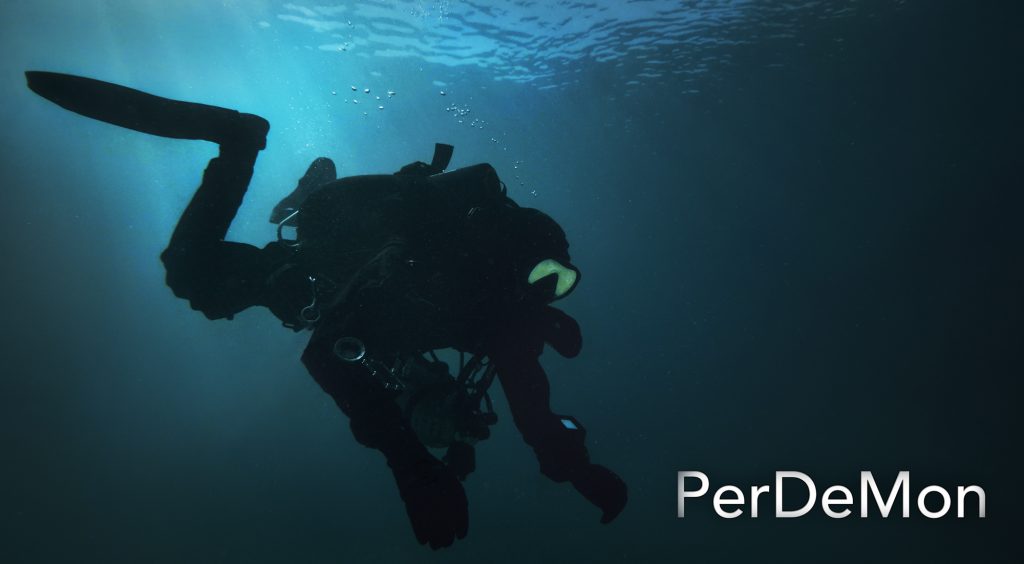
References
- Panic! At the Disks: First Rest-frame Optical Observations of Galaxy Structure at z>3 with JWST in the SMACS 0723 Field.
L. Ferreira, N. Adams, C.J. Conselice, E. Sazonova, D. Austin, J. Caruana, F. Ferrari, T. Broadhurst, J. Diego, B.L. Frye, M. Pascale, S.M. Wilkins, R.A. Windhorst, A. Zitrin, 2022. The Astrophysical Journal Letters, 938, 1. - The relative efficiencies of bars and clumps in driving disc stars to retrograde motion.
K. Fiteni, J. Caruana , J.A.S. Amarante, V.P. Debattista, L. Beraldo e Silva, 2021. MNRAS, 503, 1418-1430. - A photometric mapping of the night sky brightness of the Maltese Islands.
J. Caruana, R. Vella, D. Spiteri, M. Nolle, S. Fenech, N. Aquilina, 2020. JEMA, 261, 110196. - The MUSE-Wide survey: A measurement of the Lyα emitting fraction among z>3 galaxies.
J. Caruana et al., 2018. MNRAS, 473, 30-37. - Spectroscopy of z ~ 7 candidate galaxies: Using Lyman-alpha to constrain the neutral fraction of hydrogen in the high-redshift universe.
J. Caruana, A.J. Bunker, S. Wilkins, E. Stanway, S. Lorenzoni, M. Jarvis, H. Elbert, 2014. MNRAS, 443, 2831. - Spectroscopy of z > 7 sources using GEMINI/GNIRS and VLT/XSHOOTER.
J. Caruana, A.J. Bunker, S.M. Wilkins, E.R. Stanway & S. Lorenzoni, 2012. MNRAS, 427, 3055.